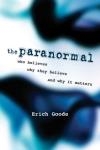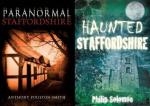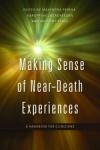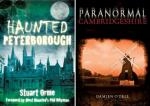From the publisher’s website: Angels, ESP, psychics, astrology, ghosts, communicating with the dead, UFOs: These and other astounding phenomena are accepted as valid by a substantial proportion of the public. Why do so many members of our scientifically sophisticated society believe in assertions that scientists roundly and almost unanimously reject? And what does expressing such beliefs mean for the lives of those who do?
Unlike many books on the paranormal, which are focused on debunking or verifying such beliefs, in this book sociologist Erich Goode is interested in explaining paranormal belief as a sociological phenomenon: Who believes, why, and what are the consequences? Goode points out a number of interesting sociological features of paranormal belief. First, mainstream educational institutions discourage paranormal speculation, and yet such beliefs remain immensely popular. This tells us a great deal about the limitations of the socialization process that takes place in our educational system.
Another intriguing aspect of paranormal beliefs is that they often show distinct parallels with related thought processes in a variety of other social contexts. For example, the belief that UFOs are extraterrestrial spacecraft fits like a jigsaw puzzle piece into political conspiracy theories. Furthermore, the willingness of the public to resort to paranormal explanations for strange, inexplicable, or anomalous phenomena provides the sociologist with insights into how receptive the public is to mass communication media. Finally, because they are regarded as unconventional in mainstream social circles, paranormal beliefs are very relevant to the sociological study of deviant behavior.
Goode offers these and many more insights in a fascinating analysis that shows how fruitful the paranormal can be for sociological study.













